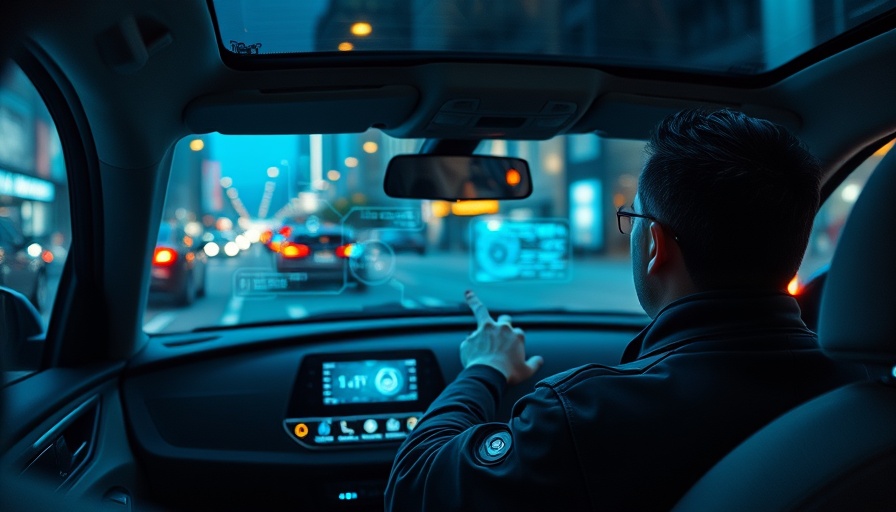
Understanding Yellow Lights: The Rules of the Road
For many drivers, the sight of a yellow light can trigger a moment of panic or indecision. It signals that the traffic light is about to change, but is it an invitation to accelerate or a cue to come to a halt? As the California Driver Handbook outlines, the yellow light is designed to provide a transitional phase for drivers, offering a brief opportunity to stop safely or proceed with caution if stopping would be dangerous.
The Legal Perspective: When Is It Okay to Proceed?
California law doesn’t consider it illegal to drive through a yellow light, provided that it is safe to do so. This ambiguity can lead to misunderstandings, especially at busy intersections. According to traffic experts, if your vehicle has already passed the stop line when the light turns yellow, you are allowed to continue driving through the intersection. However, if you have enough time and distance to stop safely, that is the recommended action.
The Human Factor: Why Drivers Misjudge Timing
The challenge lies not only in understanding the law but also in how drivers perceive the timing of yellow lights. A 2015 survey by the National Highway Traffic Safety Administration reveals a worrying trend: 40% of drivers admitted to entering intersections at the moment their light turned yellow. This hesitation or misjudgment can often lead to dangerous situations.
The Insurance Institute for Highway Safety notes that delays in yellow light durations can significantly impact driver behavior. In Philadelphia, extending the yellow light by just one second decreased instances of red-light running by 36%. This statistic highlights that many drivers aren't intentionally breaking the law; rather, they are simply responding to the timing and their perception of how much time they have to react.
State Regulations and Intersection Design: A Patchwork of Rules
Another complicating factor is the variance in yellow light duration across different states and municipalities. The Institute of Transportation Engineers has recommended certain timing standards, but compliance varies greatly. Some intersections may feel rushed due to shortened yellow lights, which can put drivers in difficult positions as they make split-second decisions.
In urban areas, where traffic density is higher, understanding how the timing of yellow lights affects driver behavior is critical. For California homeowners, it’s vital to be aware of local traffic laws and the peculiarities of intersections in your area to navigate these challenges safely.
Safety First: Adjusting Your Driving Habits
The overarching takeaway for all drivers, especially those in urban settings, is to prioritize safety over speed. Entering an intersection on a yellow light can seem harmless, but it carries risks. Engaging defensive driving habits, such as allowing extra space and adopting a cautious mindset, can help mitigate potential dangers. Always assess whether you can safely stop without endangering the vehicle behind you.
Conclusion: What You Need to Know
Ultimately, while it’s typically not illegal to enter an intersection on a yellow light, it’s crucial to make that decision with caution. Being informed about your local traffic laws can promote safer road habits and reduce the risk of accidents. Adjusting your driving behavior in response to yellow lights—whether that means applying the brakes or reassuringly moving through the intersection—is essential for safety.
If you’re concerned about keeping your driving record clean or curious about traffic laws in other areas, consider approaching your local driving school for clarity. Understanding the subtleties of traffic laws can benefit not just you, but also everyone on the road.
 Add Row
Add Row  Add
Add 




Write A Comment